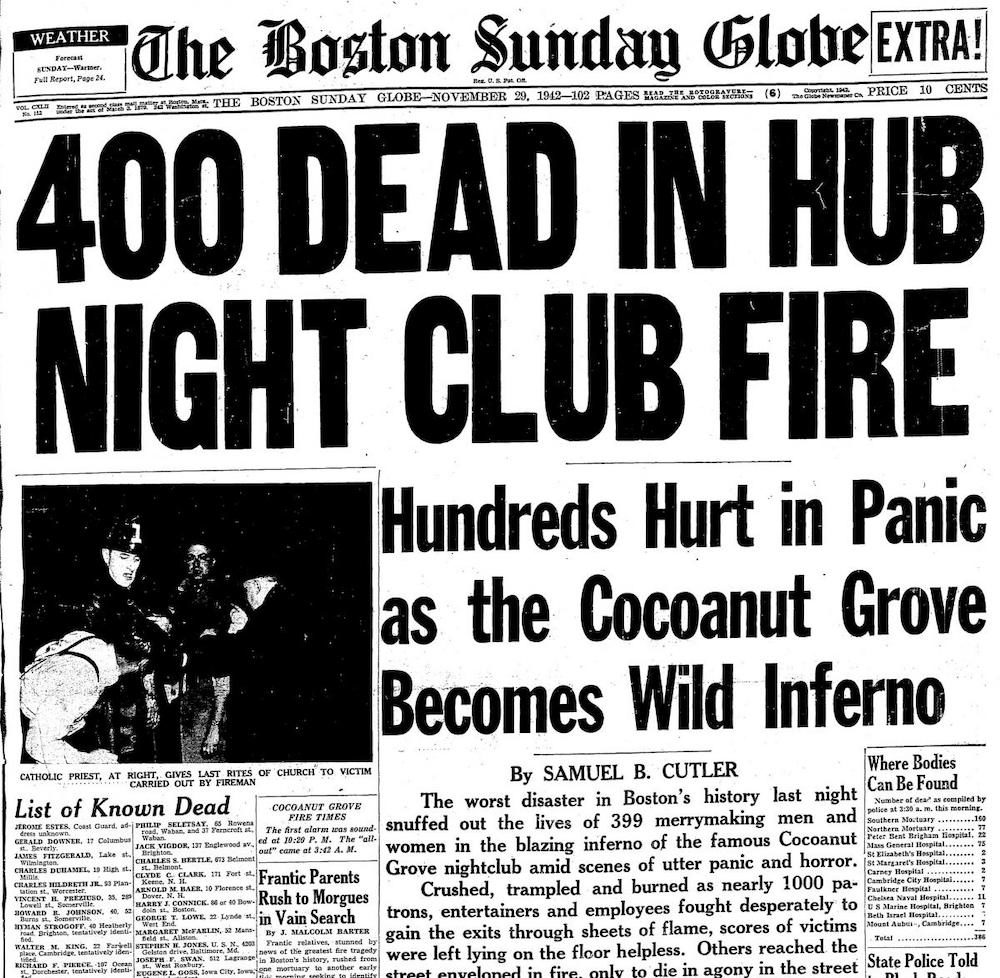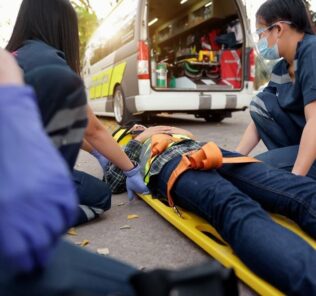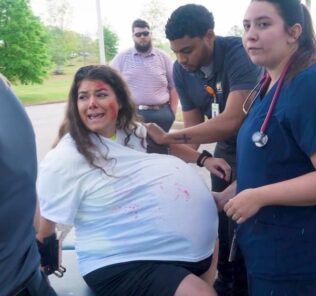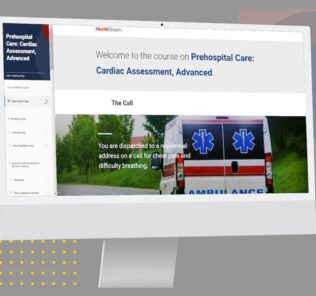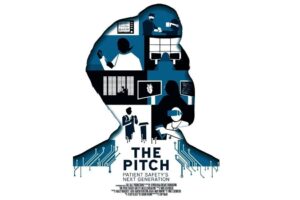The Cocoanut Grove Fire: The Tragedy that Changed Emergency Simulation
On Saturday 28th November 1942, when the Second World War was raging across much of Europe, North Africa, Asia and Russia, a nightclub fire in Boston, Massachusetts changed medicine and emergency simulation forever. Today, Associate Professor Natasha Taylor Ed D, MSc, MEd, M Ed, BSc (Hons), PGCE, from Coventry University shares with us about this tragic fire and the way it changed medical simulation forever — followed by a way you can help remember those lost.
This tragic fire, one of the worst in modern history killed 492 people and injured countless others is widely known in fire safety as the reformation of safety and fire standards and regulations impacted protection of people gathering in public buildings. Although the causes, like many major disasters, were many, a combination of flammable decorations, poor egress and door design and toxic and flammable chemicals released were thought to be responsible for this tragedy. However, it is the aftermath, particularly in the treatment of the (primarily) burns victims and the fortuitous large-scale simulation event that took place just before that still impacts treatment and training today.
Two hospitals received the majority of casualties and it was the team at the Boston City Hospital, directed by Dr Charles Lund and Dr Newton Browder, who formulated their estimation of burns area still used today. In the second receiving hospital, Massachusetts General, the work of the surgical team helped to devise a fluid resuscitation based on surface area burned, which led to more aggressive fluid therapy with no increase in pulmonary oedema.
Sponsored Content:
It is also perhaps the very early use of antibiotics, which were uncommon at the time (Sir Alexander Fleming would not win the Nobel Prize for Physiology or Medicine for his discovery of Penicillin until 1945), that perhaps most impacted general medicine. Cocoanut Grove casualties received Sulfadiazine and later Penicillin as part of their initial burn treatment, to astonishing effect. Although most of the burns were infected, these antibiotics ensured that even the deeper burns healed well with little to no infection. Finally, a complete fluke of timing also helped, in that the majority of casualties arrived at these hospitals at shift changeover, so double the quantity of staff we on hand to support the incident.
In the video below, the National Fire Protection Agency (NFPA) remembered the 70th anniversary of the Cocoanut Grove fire, three survivors tell their stories. Ann Gallagher was a 16-year-old girl from NH who was in Boston with her family. Marshall Cole, another 16-year-old, was employed at the popular nightclub as a dancer. He has vivid memories of escaping the fire. Dr. Saul Davis, interviewed in 2007, also gives a harrowing account of the fire that claimed the lives of so many.
It is perhaps the use of simulated emergency learning that is the least explored aspect of the Cocoanut Grove fire management. In November 1942, with almost the entire world enmeshed in a war with destruction never seen before, ‘drills’ or simulations to prepare people for what seemed like inevitable attacks were carried out. The heavy and frequent aerial bombing, The Blitz, had rained death and destruction on the United Kingdom since 1940, with almost a third of London completely destroyed and tens of thousands of people killed.
Sponsored Content:
This direct targeting of civilian populations was a new and terrified aspect of modern war and there was good reason to believe where the United Kingdom had suffered with aerial bombardment, the eastern United States of America could be next. This led to the city-wide emergency simulation, the week before the Cocoanut Grove fire took place, which simulated a large-scale Blitz-type event. An estimated 300 simulated casualties took part to assess preparedness and Boston’s Civil Defense workers and the entire city took part in a simulation event encompassing several hundred simulated explosions and fires, spread across the whole metropolitan area.
Although any evidence that exists about the effectiveness of this EMS Simulation on the actual event is anecdotal, and too much time has passed to properly evaluate this massive sea-change in simulation events, it is in the decades since that we have seen simulation, especially for major incidents, embedded in healthcare curricula. It is perhaps the change in fire regulations and treatment of burns victims that this tragedy is most remembered for but we must give thanks to those simulationists who went before us, who undoubtedly helped reduce the already horrific number of deaths and injuries that occurred. Every major incident or large-scale simulation we take part in has a terrific impact on everyone it touches, and prepares our learners for when the unthinkable becomes reality.
Although the site of the Cocoanut Grove has been developed considerably over the years, the mission to remember and honor those who died and those affected remains.
Support the Call to Remember Those Lost
The mission of the Cocoanut Grove Memorial Committee Inc. is to preserve the memory of the 492 people who died as result of the fire at the Cocoanut Grove Night Club in Boston, Massachusetts, to honor the brave first responders and citizens who rescued those trapped inside, to recognize the breakthrough innovations in medicine and building safety, and most compelling today, to build a living memorial.
Their objective is to create a living memorial at Shriners Hospitals for Children — Boston that preserves and honors the memory of the victims, survivors, first responders and medical professionals. Funds raised will be for the benefit of the hospital’s pediatric burn patients and their families. All involved in the committee are volunteers and they hope you will help them create a lasting tribute to the victims that perished and commemorate this tragedy.
Learn More About the Cocoanut Grove Fire
& How You Can Support Its Memory
Have a story to share with the global healthcare simulation community? Submit your simulation news and resources here!
Sponsored Content:



